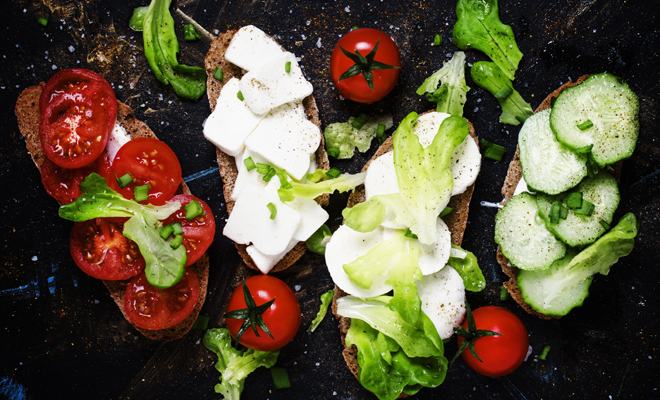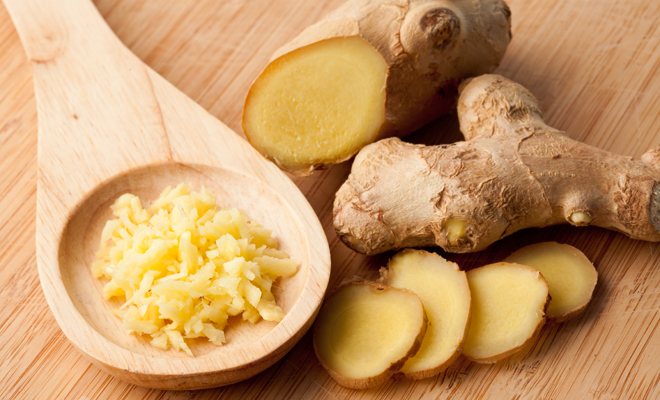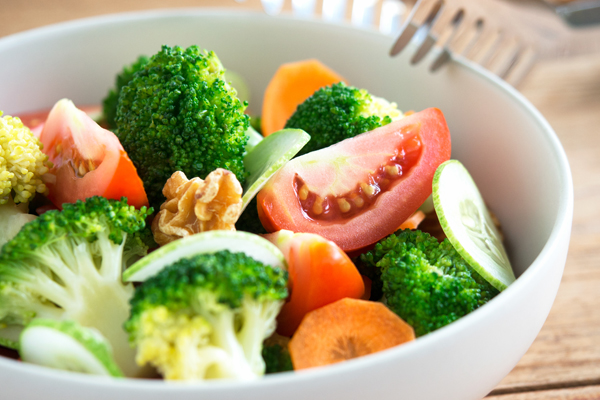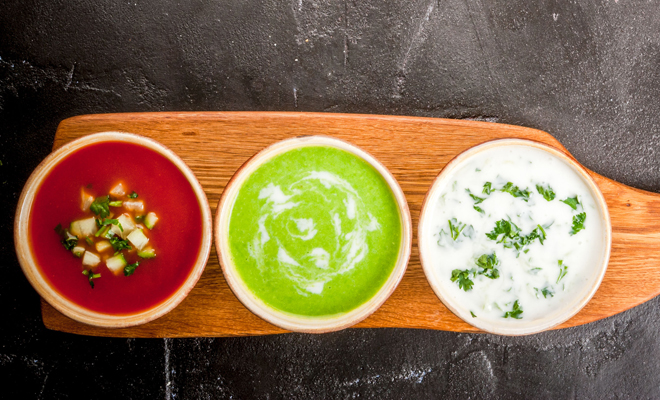Here is a descriptive guide to the most studied antioxidants and where to get them, but it is also worth recommending that there are still more questions than answers on this topic. And since nothing can stop time so far, the best thing is a well-balanced diet without excesses.
Flavonoids, isoflavones, vitamins C and E, selenium and zinc
- Beta carotene it belongs to the family of carotenoids present in vegetables. The body is capable of transforming it into vitamin A, hence its name provitamin A. They combine the properties of this with that of antioxidants that act on free radicals. Its action in the prevention of cataracts has been recognized, as well as its beneficial effect on inflammatory processes and those related to aging.
- The body can obtain beta-carotene from green or red-orange-yellowish vegetables. It is also found in certain fruits such as apricots, cherries, melon and peach. It is not recommended in high doses or in smokers.
- Flavonoidsthey include flavonols, anthocyanidols and flavones, natural dyes with antioxidant action that constitute the most important group of the polyphenol family, very present in the plant world. It has been shown that they protect the cardiovascular system and that they activate the glutathione peroxidase and catalase enzymes, natural antioxidants naturally present in our body.
- Itsmain sources are brassicas (cabbage family vegetables), green leafy vegetables, red and purple fruits, and citrus fruits.
- Isoflavonesthey are present in soybeans and some of their derivatives such as tofu and tempeh. Scientific studies have shown that Asian women who regularly consume soy have a lower incidence of breast and uterine cancer than Western women.
- Alpha-lipoic acidIt is a carotenoid extracted from some vegetables and fruits that enhances the antioxidant functions of vitamins C, E and the glutathione peroxidase enzyme. It abounds in raw tomatoes, but multiplies in fried.
- Vitamin CIt is well known and is found in almost all fruits or vegetables, but its concentrations are higher in guavas, kiwis, mangoes, pineapples, citrus fruits, melons, strawberries, berries, peppers, tomatoes, brassicas, fruits and vegetables in general.
- Vitamin e(tocopherol) is mostly in wheat germ, soybean, and olive oils, but it can also be obtained from green leafy vegetables, nuts, whole grains, and their germ.
- SeleniumIt is related to a lower risk of skin, liver, colon and breast tumors. It is linked to the functioning of glutathione peroxidase and is found in meat, fish, shellfish, cereals, eggs, fruits and vegetables.
- Copper enhances the immune system, participates in the formation of enzymes, proteins and brain neurotransmitters. It is anti-inflammatory and bactericidal. It facilitates the synthesis of collagen and elastin, essential for the skin and the good condition of blood vessels, cartilage and lungs. It helps fix calcium and phosphorus and is easy to find in liver, fish, shellfish, whole grains, and green vegetables.
- Zinc It is the last, but not least. It can be found in meats, organ meats, fish, eggs, whole grains and legumes.



